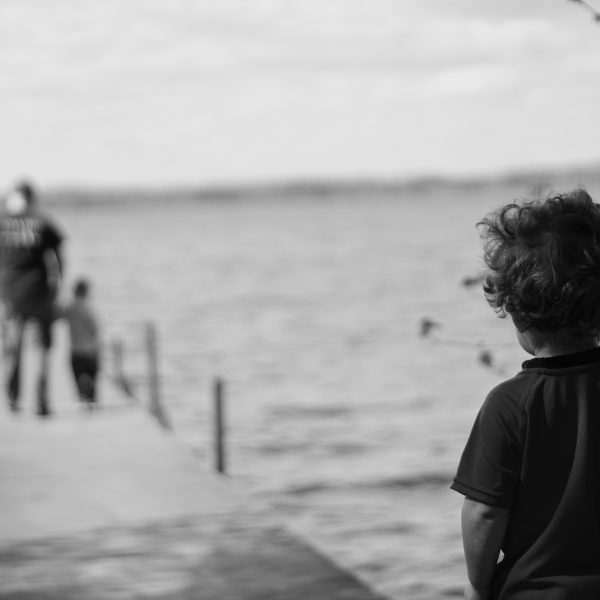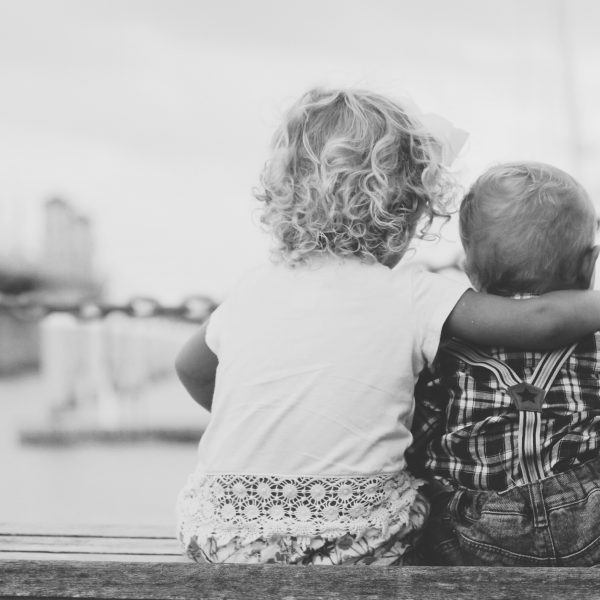Researchers find “serious gaps” in educator observation/response to problem behaviour

A national survey undertaken by researchers from the University of South Australia has exposed “serious gaps” in the ability of early childhood teachers, primary educators and carers to identify and respond to young children displaying “problematic sexual behaviours”.
Associate Professor Elspeth McInnes and Dr Lesley-Anne Ey say increasing reports of children under 10 years of age exhibiting harmful sexual behaviour towards each other are concerning.
The apparent increase can be attributed to a range of factors, including sexual abuse and exposure to pornography, trauma, domestic violence, and drug or alcohol abuse in the home. Research indicates that all these events can lead to problematic sexual behaviours among children.
The term ‘problematic sexual behaviours’ (PSB) is used to describe abnormal and harmful sexual behaviour displayed by young children that falls outside the bounds of curiosity and natural exploration. It can involve coercion, threats, secrecy, violence and/or aggression.
The researchers expressed concern that this was the case, in spite of educators being required to complete child protection training, which should equip them to be more attune to PSB when they occur.
Whilst most educators were able to identify situations that would require them to report suspected child abuse to child protection services, harmful sexual behaviour between children is more challenging to identify, researchers said.
The researchers published an article on the topic in Sex Education: Sexuality, Society and Learning, discussing the findings of an online survey involving 107 educators from state, independent and Catholic primary schools, pre-schools and care organisations.
Associate Professor McInnes said PSB were on the rise, pointing to the need for better training for educators and carers.
A 2016 report found that child-on-child sexual assaults nearly doubled in NSW, from 44 in 2006 to 80 in 2015, while the number of indecent assaults between children more than doubled from 33 to 73 in the same period.
In Victoria, referrals relating to children with PSB increased from 10-15 per year a decade ago to more than 200 a year in 2016.
The Royal Commission into Institutional Responses to Child Sexual Abuse also reported that 23.4 per cent of the 7981 survivors interviewed said they were sexually abused by another child.
PSB issues are exacerbated, researchers said, because young children are not easily able to access therapeutic help. Under the Young Offenders Act, children aged under 10 are not considered capable of forming criminal intent, which leaves educators and carers to identify whether children have crossed the line from curiosity to problematic sexual behaviour.
It was especially important for educators, Associate Professor McIness said, to understand that if they “fail to report suspected PSBs to child protection services they can be held culpable”.
The study found that both boys and girls demonstrated problematic sexual behaviours towards their own gender as well as the opposite sex. Copies of the paper, Responding to problematic sexual behaviours of primary school children: supporting care and education staff as published in Sex Education: Sexuality, Society and Learning are available.
For a copy of the paper, please email [email protected] or [email protected]
Popular

Quality
Practice
Research
Workforce
Pilot supports smooth transitions to school for children with severe disability
2025-11-20 07:30:51
by Fiona Alston

Research
COVID‑19 pandemic linked to increased language delays in early childhood, Turkish study finds
2025-11-17 07:45:25
by Fiona Alston

Quality
Practice
Provider
Research
Strengthening child safety: First Academy unites educators, families, and community
2025-11-20 08:00:00
by Fiona Alston














